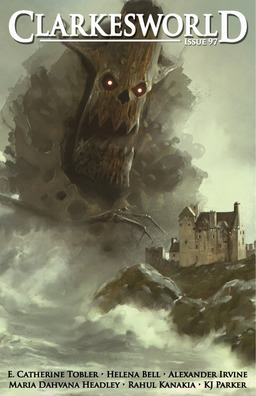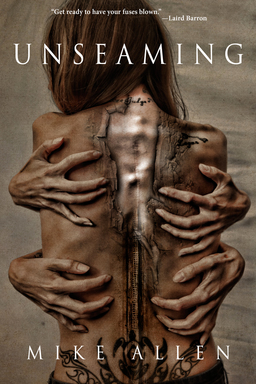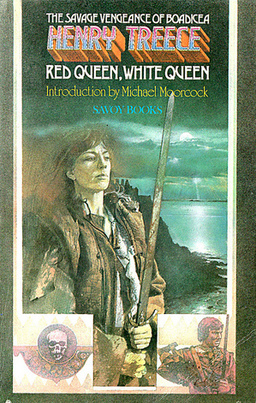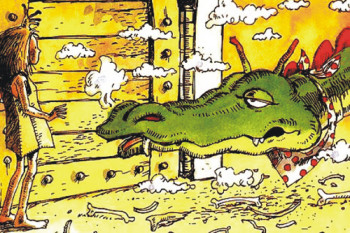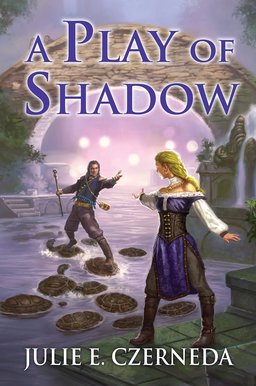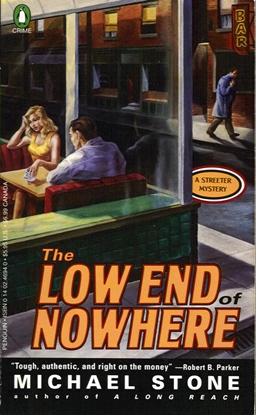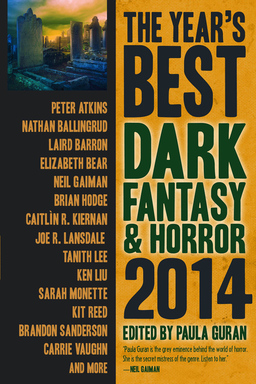Collect the Complete Faber & Faber Editions of Robert Aickman’s Classic Ghost Stories
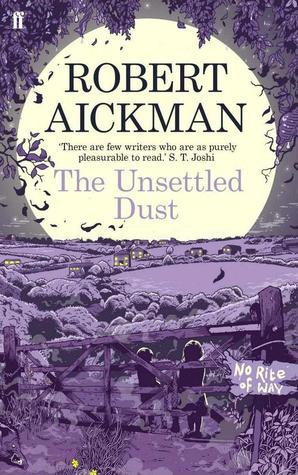 |
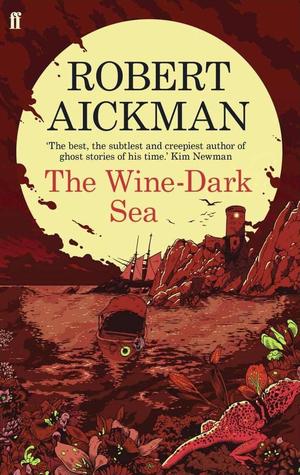 |
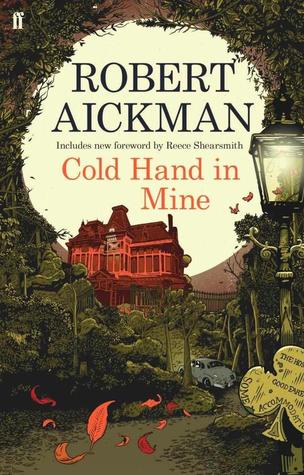 |
About a month ago, I reported (with some delight) on my acquisition of Robert Aickman’s Dark Entries, a reprint collection of the author’s ghost stories from British publisher Faber and Faber.
I was so pleased to get it — and the book was just so damn gorgeous — that it wasn’t long before I started hunting down Faber and Faber’s other Aickman reprints: The Unsettled Dust, The Wine Dark Sea, and Cold Hand in Mine. All three are collections, gathering the author’s short stories and novellas.
Aickman has long been recognized as one of the finest horror writers in the field. He received the World Fantasy Award in 1975 for his short story, “Pages from a Young Girl’s Journal,” originally published in The Magazine of Fantasy & Science Fiction and reprinted in Cold Hand in Mine. In 1981, the same year he died, he was awarded the British Fantasy Award for “The Stains,” which originally appeared in New Terrors, and was eventually reprinted in The Unsettled Dust.
The covers of the new Faber and Faber editions are by Tim McDonagh, and they are absolutely stellar (click the images above for bigger versions). I love them all, but perhaps my favorite is The Unsettled Dust, with its subtle portrayal of two children taking a late-night shortcut across a spooky English landscape. McDonagh’s hyper-detailed, almost comic book style fits the subject matter beautifully; he captures the brooding menace of Aickman’s “strange stories” better than any artist I’ve ever seen.
All four books are currently in print in trade paperback, priced at £7.99 – £8.99, or around 8 bucks each for the digital editions. The print editions are not directly available in the US; I ordered them from an overseas book vendor through Amazon for between $8 – $9 each, plus shipping.
